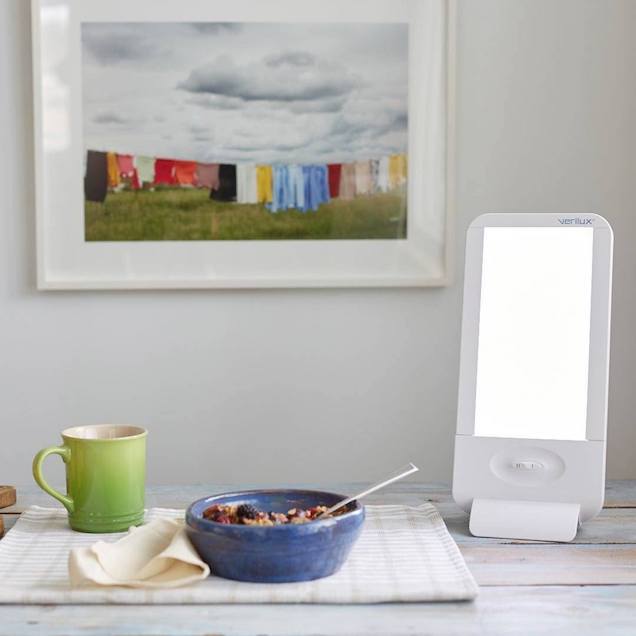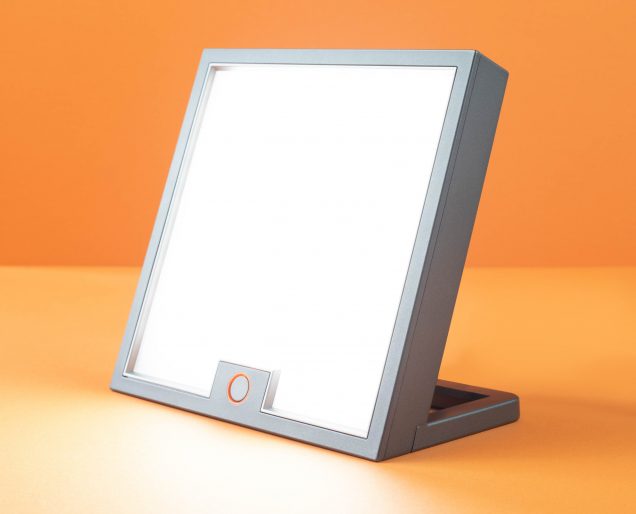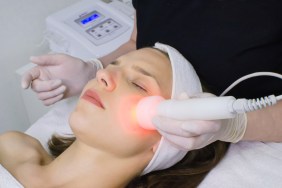Around the holidays we all feel a little stressed out. But it’s generally a happy time as we anticipate gifts and the start of a new year. After all that excitement, it makes sense that we may feel a little glum come January 2. Especially with the ongoing pandemic. Plunging temps and inches of snow don’t help matters.
The Winter Blues
All of this can lead to a serious medical condition called seasonal affective disorder, fittingly known as SAD. “SAD is a type of depression that’s caused or related to the decreased amount of sunlight during the winter months,” explains Stephanie Catalano, LCSW and author of Mindful Makeover. The sun gives off UV rays and vitamin D, which cause serotonin to be released in our bodies.
So when there’s a lack of sunlight, there’s a drop in the body’s natural serotonin levels. “It’s also said that the decrease in sunlight disrupts the body’s internal clock (also called circadian rhythm), which can create depressed symptoms, such as tiredness, low energy, sadness and fatigue.”
According to Dr. Laura Rhodes-Levin, LMFT and founder of The Missing Peace Center for Anxiety, when it’s dark our brains release melatonin to help us feel drowsy and fall asleep. “When experienced regularly, this drowsiness either contributes to the depression or is interpreted as depression.”
As much as we hate going out in the cold, temperature isn’t a catalyst for SAD. “Patients will complain of depression, notice weight loss or gain, struggle with sleep (either too much or not enough) and experience low joy levels or the ambition to do things they used enjoy,” says Rhodes-Levin.

How Can Light Therapy Help?
There is something you can do to feel better. Light therapy lamps are an increasingly popular way to shed light on increasingly dreary days. They have even consistently been shown to help treat SAD quickly.
“Light therapy works by exposure to artificial light. The individual sits near a light box, for 15 minutes to three hours, which reduces symptoms because artificial light can have the same result as natural sunlight when it comes to increasing serotonin levels,” says Catalano. “It’s also thought that light therapy lamps work because they encourage the brain to reduce the production and release of melatonin.”
And no, you can’t just shine your desk lamp in your face. “Light therapy lamps mimic sunlight without the harmful UV rays. Their light strength is measured by ‘lux levels’ and they have a minimum 2,500 lux per bulb and range as high as 10,000 lux per bulb.” The intensity of the bulb depends upon the severity of your symptoms.
So until spring rolls around, light therapy lamps are an effective way to brighten your day.








